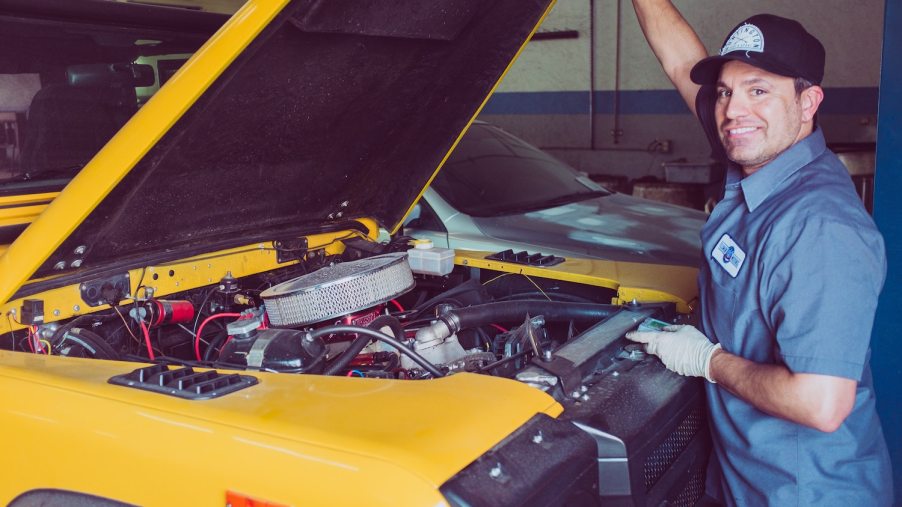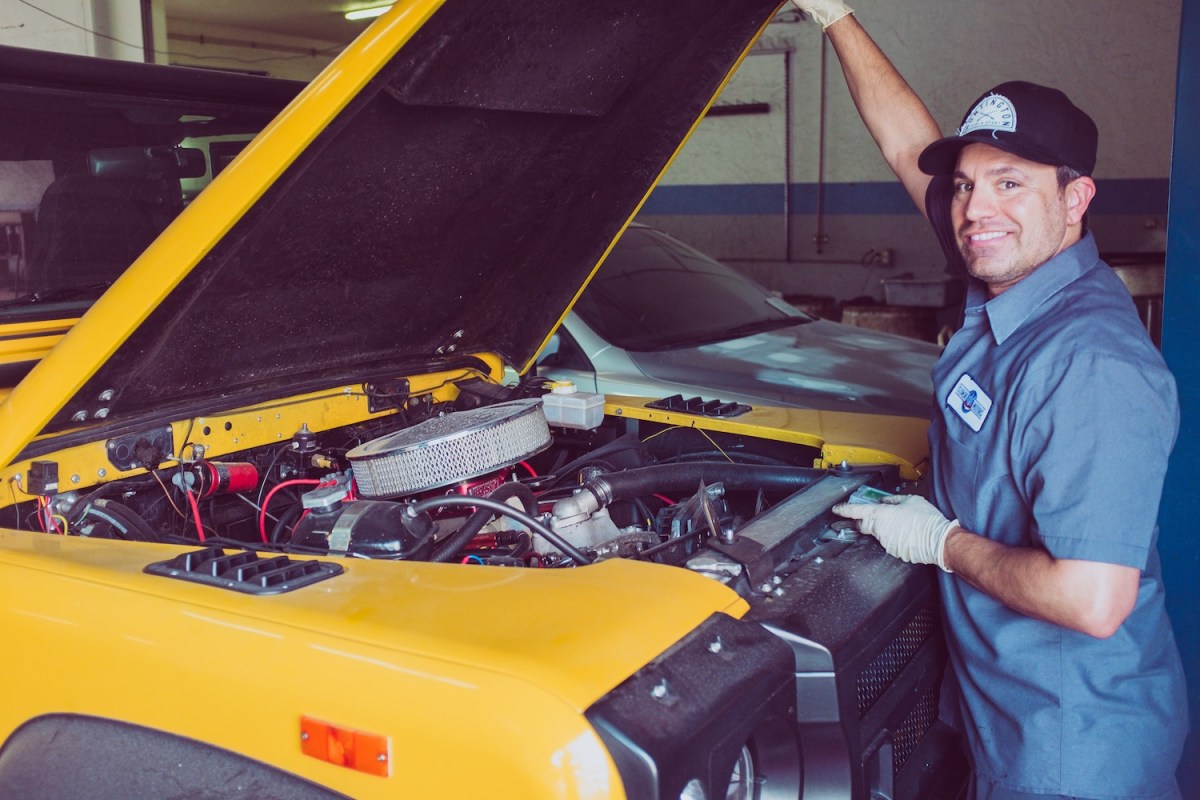
What Is a Zerk?: Everything You Need to Know About This Critical Car Part
When you buy a car, you must do periodic maintenance tasks to keep it in good condition. If you’re going the DIY route, just be aware that things like oil and fluid changes can get quite messy. Every few thousand miles, you may also need to apply grease to certain areas of your vehicle.
Many of your car’s metal components need proper lubrication to keep things running smoothly. That includes turbochargers, bearings, ball joints, and zerks! In case you’ve never heard of the last one, we’ll explain what it is and why it needs your attention.

What does a zerk do?
Fullbay.com tells us that a zerk (also known as a grease fitting) is a small mechanical attachment designed to hold grease. It looks similar to a chess pawn with a small metal hole on top, attached to a spring underneath. You use a grease gun to inject the lubricant inside.
The term “zerk” comes from its creator, an inventor named Oscar Zerk. Up until the 1920s, Machinery Lubrication says that heavy machinery and passenger cars were lubricated using an Alemite system.
Grease from a grease gun had to be injected through a hose attachment into the fitting, after which it had to be sealed with a brass cap. Oscar Zerk’s fitting proved to be more efficient because it was smaller and allowed you to apply grease to specific areas. It also doesn’t need to be sealed after the grease gun is removed.
How to properly grease a zerk
Zerks are found at each place where two pieces of a car’s machinery come into contact. These include steering and clutch linkages, wheel ends, and drivelines.
Although disc brakes usually don’t have them, zerks are commonly seen on drum brakes. Any vehicle with a 5th-wheel plate, like a semi-truck, should also have its zerks lubricated on a regular basis.
According to LGT Transport, a grease gun is the best way to grease up a zerk. The type of grease gun you need depends on the zerk, but air-powered and manual grease guns will suit most applications. To keep potential contaminants out of the gun, it’s recommended to fill it directly from a manual lever pump.
Before operating the gun, put on gloves so that grease won’t get on your hands. Once your grease fun is full, locate the zerk filling and press the gun’s coupler over it.
Pump as much grease as necessary into the hole until there is noticeable resistance. Wipe away any excess grease that didn’t get inside the filling.
While the process is simple enough, knowing how to operate a grease gun is important to perform this task safely. The gun should never be overloaded and has to be regularly calibrated. Also, you risk pumping contaminated grease into the fitting if you leave the gun’s coupling attachment dirty.
The zerk filling must be inspected beforehand to make sure that there’s no dirt or other contaminants on top of it. LGT also says that you should use the same type of grease each time for the same filling. Zerks aren’t universal, so do a little research on the best grease to use beforehand.
Fullbay.com recommends having a few extra zerks on hand just in case you damage the one that needs to be greased. Hardened grease inside the zerk can also cause the gun’s bearing to get stuck. If this happens, use a fitting rejuvenator to flush out the old grease.
Not just for cars and trucks
You can find zerks on lots of other vehicles, including motorcycles and ATVs. Zerks are also attached to heaving farming equipment such as plows, tractors, and combines. Despite their small size, these fittings are crucial to the function of any well-oiled machine.
RELATED: How 7 Car Parts Got Funny Names



